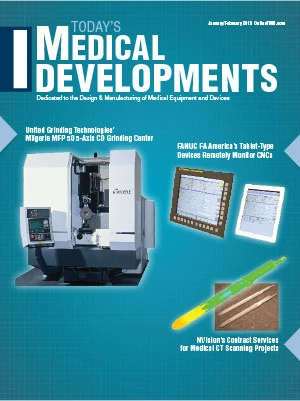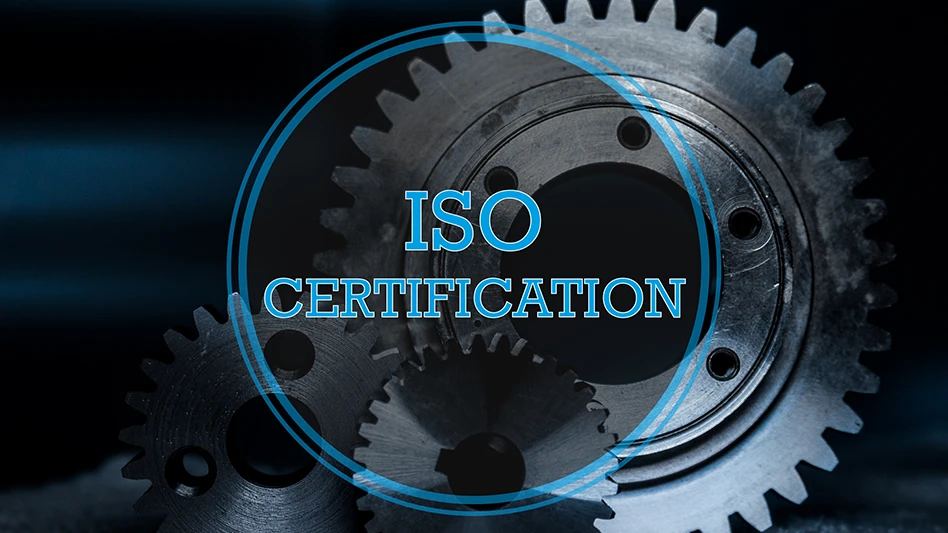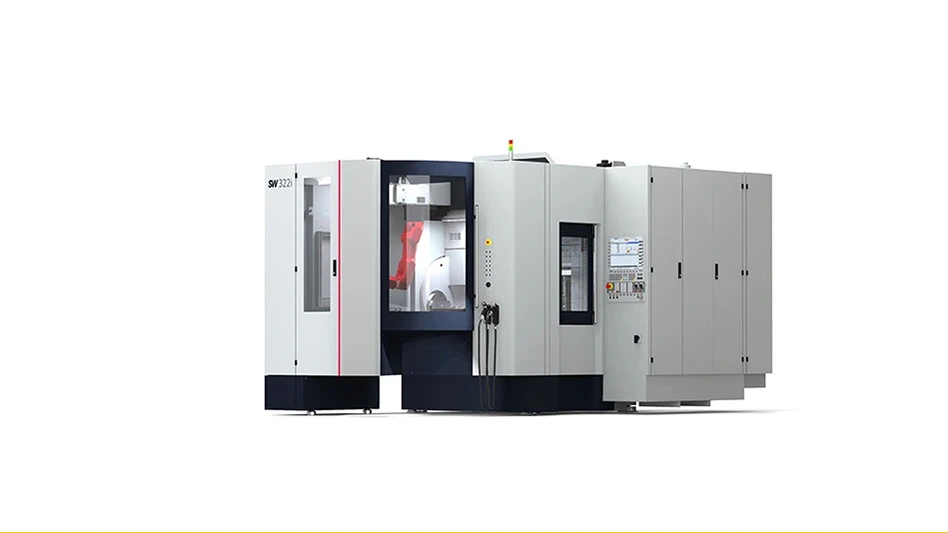 Nanoparticle Synthesis Nanoparticle Synthesis |
Best Practices (BPs), while employed in a variety of industries, is especially valuable in the growing drug/device (DD) combination products industry.
A DD, combining a medical device and a drug, opens up new treatment possibilities with cancer, diabetes, cardiovascular health, and more, offering better methods of introducing medication and/or enhancing the actions of pre-existing treatments.
For many DD companies, the common thread is to customize BPs – to provide insight, personal responsibility, and unity of purpose – to enable companies to make the best possible use of their diverse staff. Start-up DD companies, in particular, establish BPs by creating templates based on standard operating procedures (SOPs). The goal is to perform as efficiently as possible, with as few missteps or mistakes as possible. This is particularly important, given the incredibly fast pace of product development today.
As the founders/executives of start-up DD companies are often alumni of big pharmas (that generally employ BPs), dialogues with three start-up biotech executives, here, yield valuable information about BPs’ benefits. Enhancing their remarks are extensive comments from two BP specialists. These five industry leaders share their experiences utilizing BPs: to grow companies; to interact successfully with vendors and contractors; and to achieve marketing approval.
Following are comments from:
- Stephen J. Goldner, JD, RAC, president, Regulatory Affairs Associates, West Bloomfield, MI (www.regaffairs.net), consulting for Actium Biosystems of Boulder, CO
- Joe Tondu, managing director, Actium Biosystems
- Cameron Tew, executive director of research services, Best Practices LLC, Chapel Hill, NC (www.best-in-class.com) that assists companies in developing their own BPs,
- Bruce A. Hazuka, chairman, president, CEO, Bone Biologics Inc., Thousand Oaks, CA, (www.bonebiologics.com), and
- Matthew J. Kyle, president, CEO, Circle Biologics, Minneapolis, MN (www.circlebiologics.com).
Best Practices at the Outset
Commenting on Actium Biosystems, Stephen Goldner says that the company began employing BPs as soon as its three founders came together. They agreed as a basic BP to dialogue.
One of the three said, “I have an idea that will help us be better and it has worked for me, do you want to try it?” Another said, “Yes.” the third said “Maybe.”
Actium adapted their BP principles from those of Unilever (a distribution company) and of Mitsubishi (an engineering company).
Joe Tondu explains, “We hired the best people we could find, understanding that each person has his or her own internal set of BPs. We engaged in dialogues to be sure that all employees have a common set of BPs. Dialogue consistently creates openings for solutions.”
He adds that Actium’s BPs drive progress and accomplishment.
“You still get things done by a small group of people whether the company is 5, 50, 500, or 5,000 people,” Goldner says.
Actium is researching the use of nanoparticles to allow cancer cells to absorb sufficient heat to be disabled or destroyed without harming healthy tissue. They have advanced the concept of nanoparticles from their ninth century use of silver and copper for ceramic glazes to today’s sophisticated, targeted particles for the drug device industry. [Reference: www.news-medical.net/health/Nanoparticles-What-are-Nanoparticles.aspx]
According to Tondu, the company embraces BPs with engineering design and development; vendor selection; regulatory compliance; science and medical development; and liaison with external resources, such as Duke University Medical School and animal testing facilities. When individuals within Actium gather advice from outside of the company, they review the data, while auditing and analyzing attributes of that outside entity.
An Alternative Way to Formulate a Set of BPs
Some start-up companies simply buy BP manuals off the shelf. Others use the services of a consultant company to formulate their own BPs. At Best Practices LLC, Executive Director of Research Services Cameron Tew explains that his company seeks proprietary information from large and small pharmaceutical and device companies, anonymizes (to preserve anonymity) the data, and delivers state of the art advice and principles for BP scenarios. Their clients request guidance, or a delivery system, to develop and disseminate their own BPs. While no one company – of 50 to 50,000 employees – has a handle on all BPs, employing BPs might help a company advance four to six years at the outset.
Seven BPs to Know
The techniques and methods that Best Practices LLC offers help biotech companies provide insight, personal responsibility, and unity of purpose. They further help companies:
- Structure, align, and fund for global success
- Develop excellence in alliances
- Learn why some pharmaceutical brands fail and others succeed
- Bolster product portfolios, resources, structure, and process for effective in-licensing organizations
- Manage cross-functional teams for pharmaceutical product commercialization excellence
- Manage internal communications regarding brands and disease state
- Build an effective regulatory relationship with the FDA (more about this in part two of this series).
Tew explains, “We work with 48 of top 50 pharma companies and with small and large medical device companies. We work with any size company and define the mission by the needs of our client.”
 Iron oxide nanoparticles exposed to a magnetic field exhibit unique properties due to their extremely small size. Iron oxide nanoparticles exposed to a magnetic field exhibit unique properties due to their extremely small size. |
His clients make checklists to be sure that little things do not hinder them and create disasters that take them away from the work at hand. Small companies are looking to grow their company and learn from others so they do not reinvent the wheel every time.
Tew says that some enduring materials – hard copy, slides, or manuals – take on a long life of their own. For example, when he and Chris Bogan, CEO & founder, Best Practices LLC, returned to a clinical trials company five years after a consultation, the client pulled out her package of well-worn materials, explaining that she referred to them at least once a week to make sure that she had not missed anything small.
Tew adds that some companies call colleagues up and learn from them; others use their previous work BP experiences.
The Eight Themes of Tom Peters and Robert H. Waterman Jr.
Bruce Hazuka of Bone Biologics is developing proteins involved in bone production and healing. He applies his own principles of BPs to researching, developing, and marketing, based on themes in the 1982 best-selling book, “In Search of Excellence,” by Tom Peters and Robert H. Waterman, Jr. These eight themes are:
- Active decision-making
- Learning from the people served by the business
- Fostering innovation and nurturing ‘champions’
- Treating rank and file employees as a source of quality
- Management showing its commitment
- Staying with the business you know
- Simple form, lean staff
- Autonomy in shop-floor activities plus centralized values
- Interpretation of Requirements
Like Actium, Matthew Kyle at Circle Biologics – which makes blood, bone, marrow, and adipose tissue regrowth factor and stem cell products – embraces the concept and practice of BPs whole-heartedly, although, claims Kyle, “It is not standard for a start-up to do this. By understanding the goals of BPs, we were able to implement them with our vendors and incorporate BPs for their businesses.”
How and When BPs Work
Many industry leaders formulate BPs from the beginning and start using them immediately. Actium Biologics follows written, structured BP’s at all levels of the business from organizing internal meetings to manufacturing.
For running meetings, “It takes no more time or effort to follow their BPs, than to have usual meetings,” Tondu claims. “Yet, it has given us much better results, time after time. And we have the metrics by which to measure the results: one such metric would be the time it takes to reach a decision.
“Everyone leaves the decision process with greater consensus and much greater clarity. The person tasked to implement it has the full support of his team, and everyone knows this. Because the decision has to be written down, there is less second-guessing and it comes with full accountability,” Tondu adds.
Kyle agrees: “We are happy with the additional efficiencies that these meetings create with the implementation of whichever project we are working on.”
He explains how everyone is persuaded go along with a BP: “When there is an existing practice that has to work with new BPs, the company leader states specifically that the organization has to follow BPs in that area. If the leaders are following BPs, why should not everyone else? Once the team knows they are expected to follow BPs in anything they are doing, the environment is receptive to that, ending up with people understanding that message and following BPs organization-wide.
 High precision test equipment enables verification of complex designs. High precision test equipment enables verification of complex designs. |
“BPs increase shareholders’ and enterprise quality that is recognized by large consolidators. Cutting corners drops the value of a company, especially at possible acquisition points,” Kyle notes.
Hazuka advises identifying a vision: “Execute the actions to achieve those outcomes while communicating consistently and clearly to all stakeholders in the organization the plan, status of results, and achievement of results.”
Goldner’s advice to other medical device companies about BPs: “Follow our lead; take a look at our BPs and embrace them. It will be to your advantage, as you will be more successfully aligned with the requirements of the regulatory agencies.”
Having Gotten This Far, Would You Change Anything?
Kyle would have tried to implement their BPs mentality with their vendors from the very first meeting.
Goldner says, “Frankly, no. But that is not to say we do not change course or direction. We firmly believe that the only course in life and in this business is change. Therefore, the company I represent strives to be change elements, or the ones who engineer the change, and that allows us to rapidly take in new data, make revisions in projects, and it is essentially blame-free.”
Part Two of this article, in a subsequent issue, will discuss how the three companies cited here deal with the FDA, with additional advice from Best Practices LLC.
Marjorie Winters, a freelance medical writer, has been involved in all aspects of the product life cycle: investigational new drug applications (INDs) and new drug applications (NDAs), safety summaries, peer-reviewed publications, sales training manuals, and promotional materials. Winters has worked on many different therapeutic categories, has worked as a manager or senior medical writer for Hoffmann-la Roche, Schering-Plough (now Merck), and Eisai and has worked for Bayer, GE, and SK Life Sciences. She has been a member of the American Medical Writers Association since 1990.

Explore the January February 2013 Issue
Check out more from this issue and find your next story to read.
Latest from Today's Medical Developments
- Tariffs threaten small business growth, increase costs across industries
- Feed your brain on your lunch break at our upcoming Lunch + Learn!
- Robotics action plan for Europe
- Maximize your First Article Inspection efficiency and accuracy
- UPM Additive rebrands to UPM Advanced
- Master Bond’s LED415DC90Med dual-curable adhesive
- Minalex celebrates 60 years of excellence in miniature aluminum extrusions
- Tormach’s Chip Conveyor Kit for the 1500MX CNC Mill





